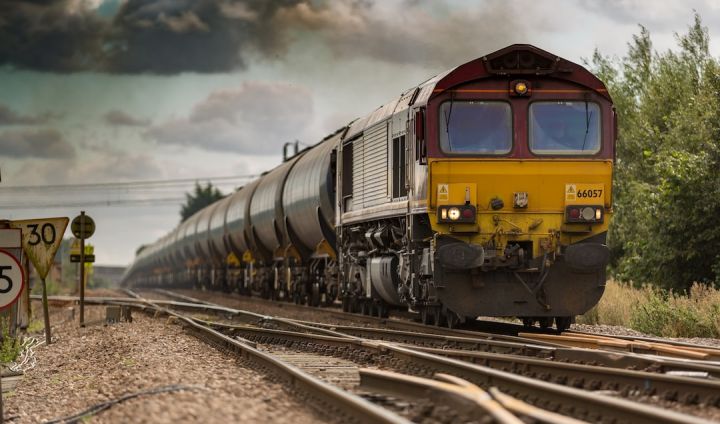World War II was a global conflict that involved the mobilization of resources on an unprecedented scale. One of the most crucial resources during this time was transportation, and the railway played a strategic role in the war effort. From the movement of troops and supplies to the transportation of prisoners and refugees, the railway was an essential lifeline for all parties involved.
The railway system provided a means of quickly and efficiently moving large numbers of troops across vast distances. This was particularly important in the early stages of the war when Germany launched its blitzkrieg tactics, relying on speed and surprise to overwhelm its enemies. The German army utilized its extensive railway network to rapidly deploy troops and equipment to the frontlines, giving them a significant advantage over their opponents.
In addition to troop transport, the railway was also crucial for the movement of supplies and equipment. The war effort required an enormous amount of resources, including fuel, ammunition, and food. The railway served as the backbone of the logistical infrastructure, allowing for the efficient and timely delivery of these essential supplies to the frontlines. Without a reliable and well-connected railway system, the war effort would have been severely hampered.
Furthermore, the railway played a vital role in the transportation of prisoners of war and refugees. As the war progressed, millions of people were displaced and forced to flee their homes. The railway provided a means of evacuating civilians from war zones and transporting them to safer areas. Similarly, captured enemy soldiers were often transported by rail to prisoner of war camps. The railway system facilitated the movement of these individuals, ensuring their safe and efficient transfer.
The strategic importance of the railway was recognized by all major powers involved in the conflict. Each side sought to control and exploit existing railway networks while disrupting those of their enemies. Numerous sabotage operations were carried out to disrupt enemy supply lines and impede troop movements. Bridges and railway tracks were prime targets for bombing raids, as their destruction could severely cripple the enemy’s ability to transport troops and supplies.
The railway was also utilized for strategic deception purposes. Decoy trains were employed to mislead the enemy and divert their attention away from the actual troop movements. These decoy trains were often heavily guarded and equipped with fake equipment to give the illusion of a significant military presence. Such tactics played a crucial role in the success of various military operations during the war.
In conclusion, the railway played a strategic role in World War II. Its ability to transport troops, supplies, prisoners, and refugees quickly and efficiently was crucial to the war effort. The railway system served as the logistical backbone, ensuring the timely delivery of resources to the frontlines. Control over existing railway networks and the disruption of enemy supply lines became a key focus of military strategies. The railway’s role in strategic deception further underscored its significance in the overall war effort. World War II demonstrated the immense power and importance of transportation infrastructure, with the railway system proving to be an indispensable asset in the global conflict.
